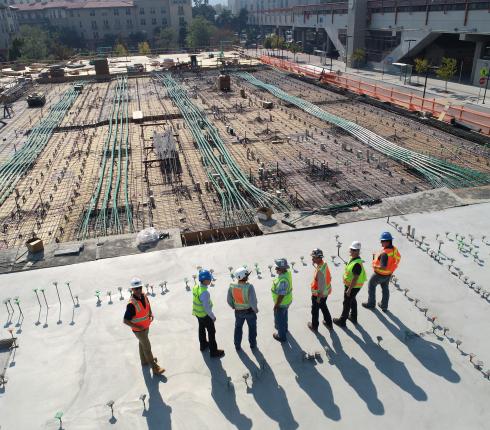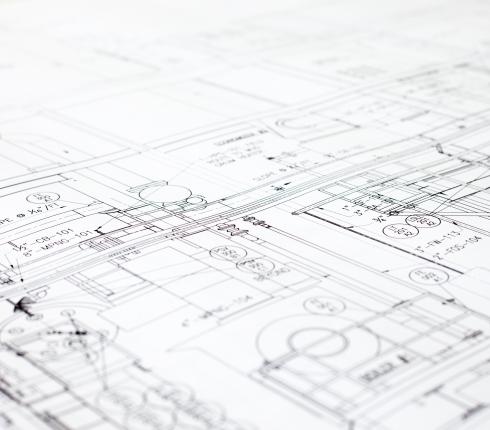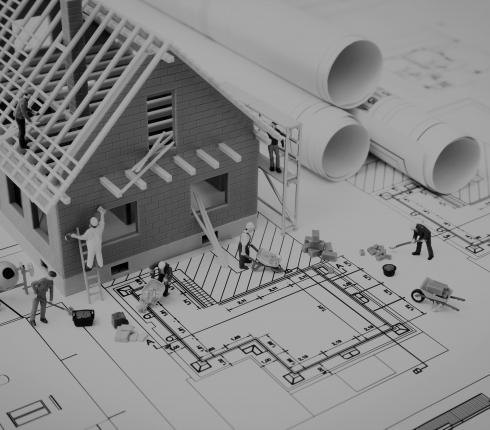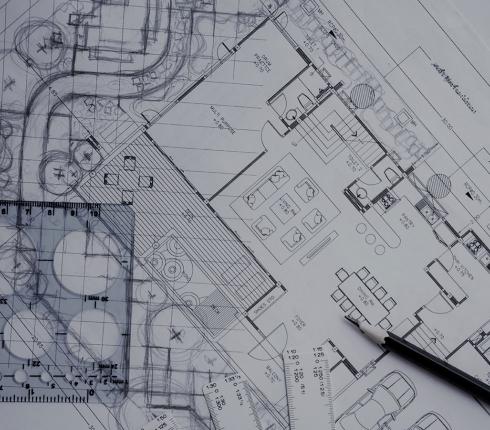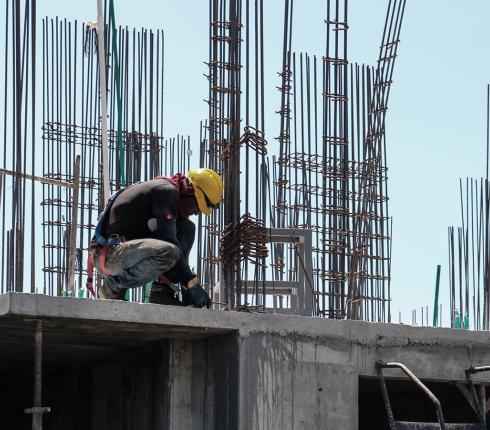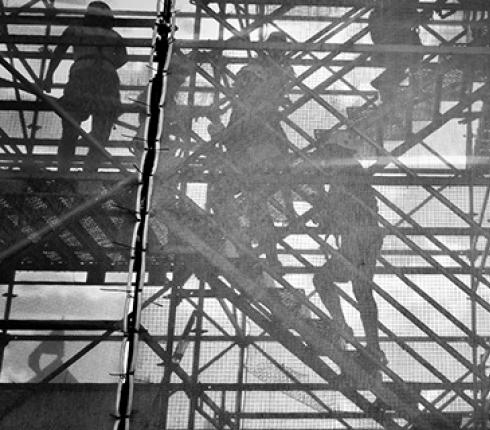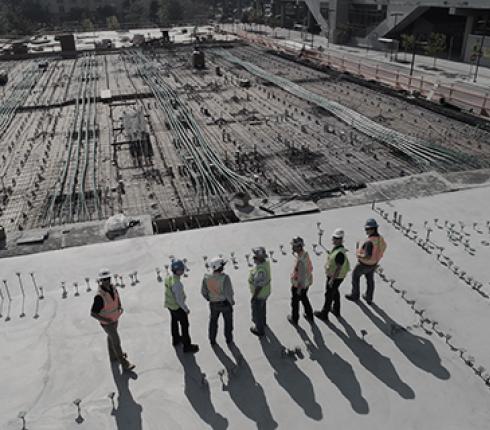Where does the construction contractor's liability limit run when the customer gives faulty instructions?
When fulfilling construction contracts, disputes can easily arise in a situation where the contractor has followed the instructions given by the customer during the construction process, but it later turns out that the instructions were either faulty or inappropriate to ensure the desired quality. When built according to faulty instructions, the building may not satisfy the applicable requirements. This may result in claims against the contractor.

The role of customer instructions in the construction process
A customer's instruction is any instruction given for the performance of construction work, including the building design document handed over by the customer to the contractor. Problems arise when the contractor, often out of ignorance, did not inform the customer about the risks and dangers associated with faulty or inappropriate instructions.
There are several examples of practice where the contractor had to construct the building on the basis of a building design document provided by the customer, but during the construction, it turned out that the design document contained design errors. Construction on the basis of a faulty building design document may result in a breach of contract by the contractor, which gives the customer the right to file various claims against the contractor. Therefore, it is relevant to ask where does the limit of liability of the contractor run if the instructions given by the customer prove to be faulty or inappropriate in retrospect?
The law provides for the rule that a building contractor, as a professional, must always check the instructions received from the customer before implementing them. The contractor must not 'blindly' follow the instructions given by the customer. This applies also to the building design document. If the contractor discovers design errors in the building design document, they must immediately inform the customer of those errors. The contractor must also explain to the customer the risks and dangers associated with design errors. The contractor shall be released from liability for a possible breach of contract only after the customer has been informed of the design errors and the customer confirms that they still wish to continue the building works according to this building design document.
However, the contractor should not resume the construction on the basis of a faulty building design document or instructions given by the customer (even if the customer has confirmed the wish to comply with them) if this results in a building that does not comply with the standards or is dangerous to the life and health. Thus, the contractor should not ignore the construction requirements, including safety requirements, arising from the legislation and the relevant construction standards. In its judgment of 30.11.2005 in civil case No 3-2-1-131-05, the Supreme Court has explained that although construction standards are not legal acts, i.e. are not of a mandatory nature, the safety requirements contained therein are mandatory.
When is the contractor responsible for design errors?
Detecting design errors may not be easy in practice. Often, specific errors in a building design document are revealed only during the construction and the expert assessment. In this situation, the courts have taken a slightly softer line towards the contractor. The courts have stated that, as a rule, the contractor must examine the design documentation to the extent that it would allow it to detect obvious design errors. However, the question of what is an 'obvious design error' depends on the individual case, and the parties to the contract may have a very different vision in this regard. In any event, the contractor is not expected to carry out an expert assessment of the design document unless such a requirement arises from the construction contract itself.
In addition, it should be borne in mind that even such design errors, the discovery of which could not reasonably be expected from the contractor, may not relieve him from responsibility for defective work. For example, a contractor is also responsible for defective work if, when building according to a faulty design, he violates the legislation and the mandatory technical regulations governing construction. The contractor must also ensure that the building work and the structure are safe, and this obligation is on the contractor even if the design submitted by the customer contains design errors.
(Author: Tavo Tiits)





